3D Character Creation
Class 04: Art DirectionTopics
- Art Direction
- Character Model Sheet
- Class 04 Lab
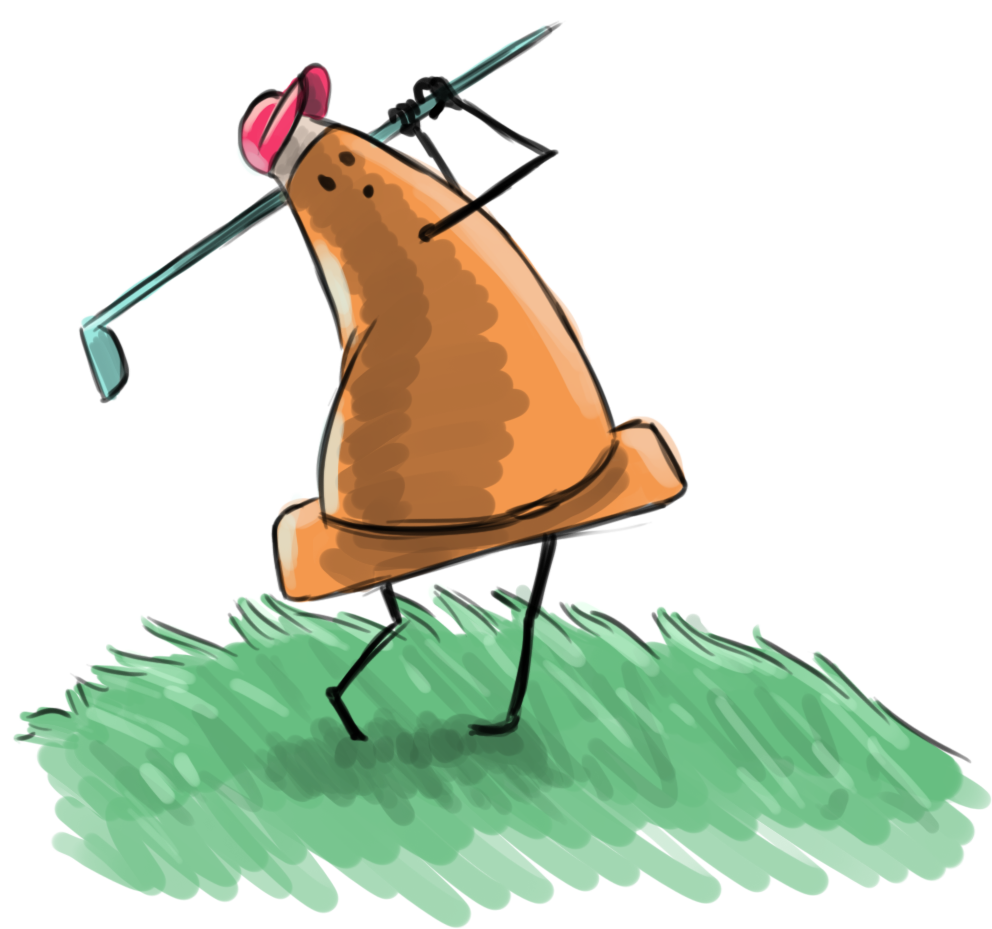
Welcome to class fore!
Art Direction
Art Direction:
The overall “look” of the product. This means developing a strong cohesive design that ties all elements together. Art elements like color, line, and texture are handled consistent throughout.
Tribeca Film Festival 2018
Late Afternoon by Cartoon Saloon
Fire in Cardboard City directed by Phil Brough
Brooklyn Breeze by Alex Budovsky
Bao by Pixar
Two Balloons directed by Mark Smith
The Velvet Underground played at my highschool
Style:
It’s not what you draw but how.
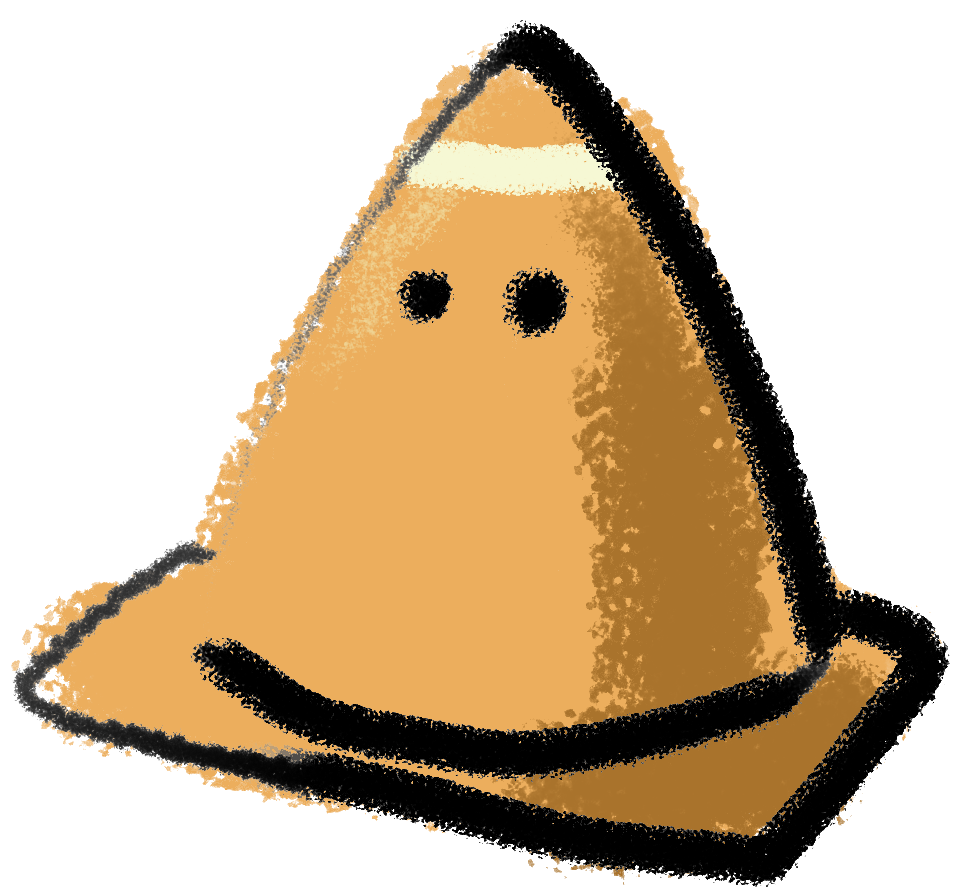
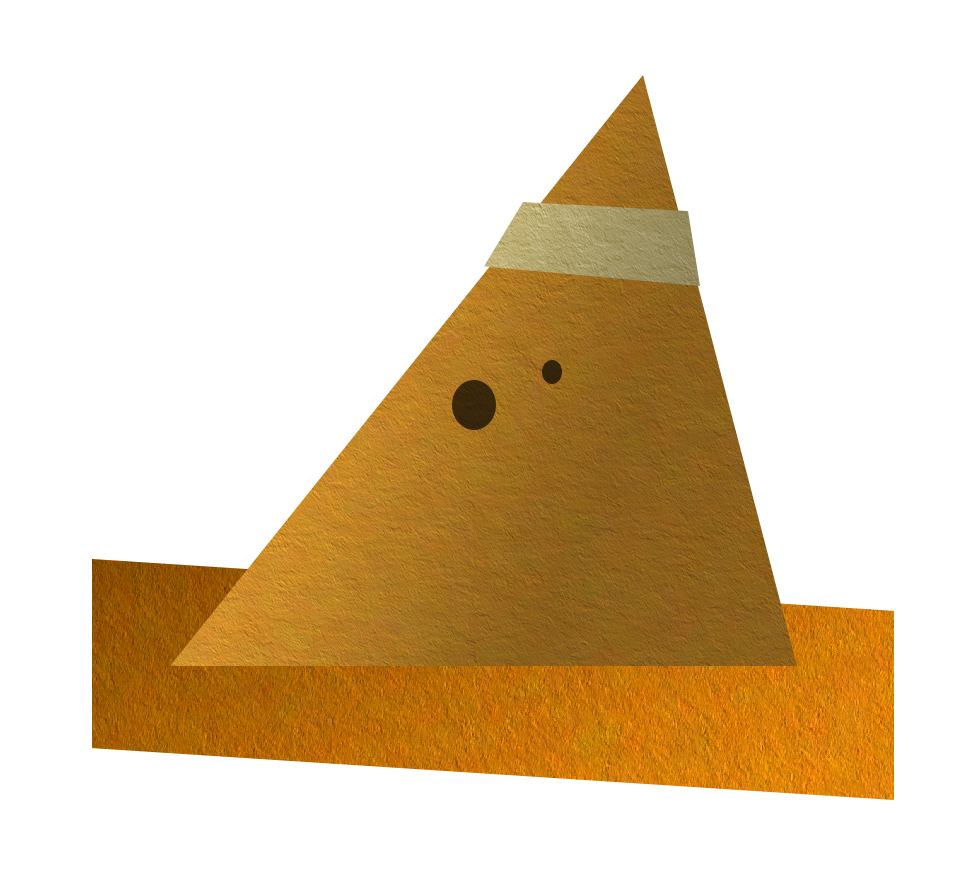
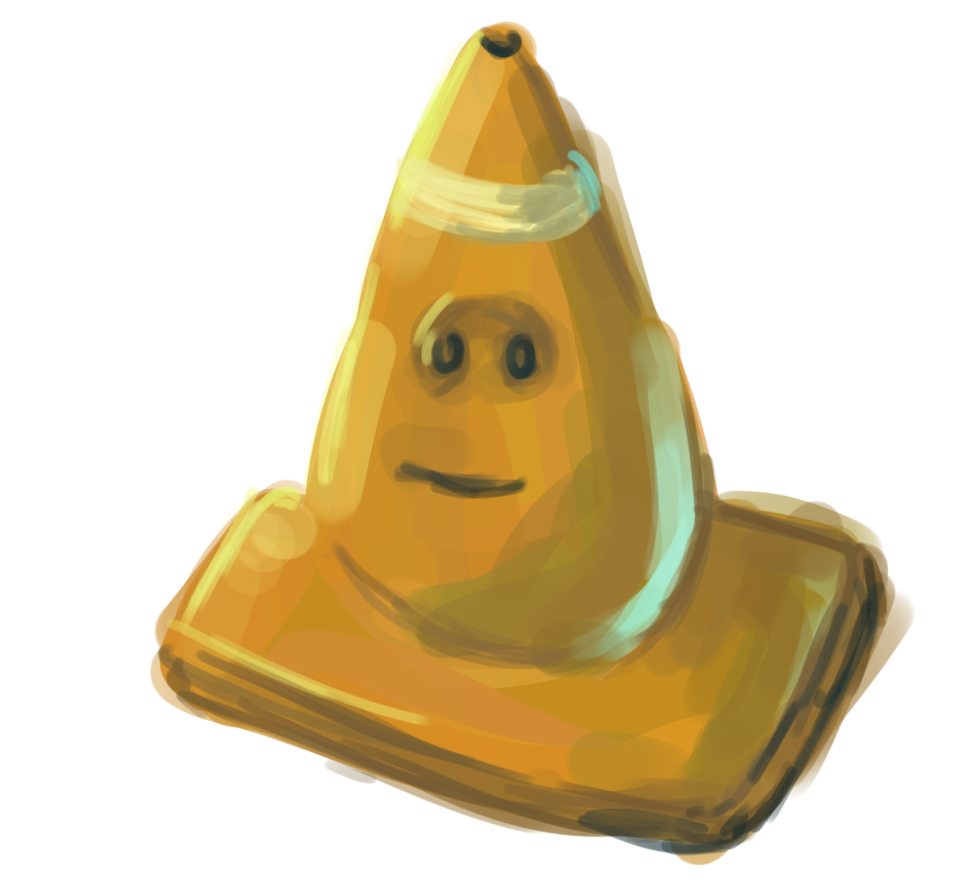
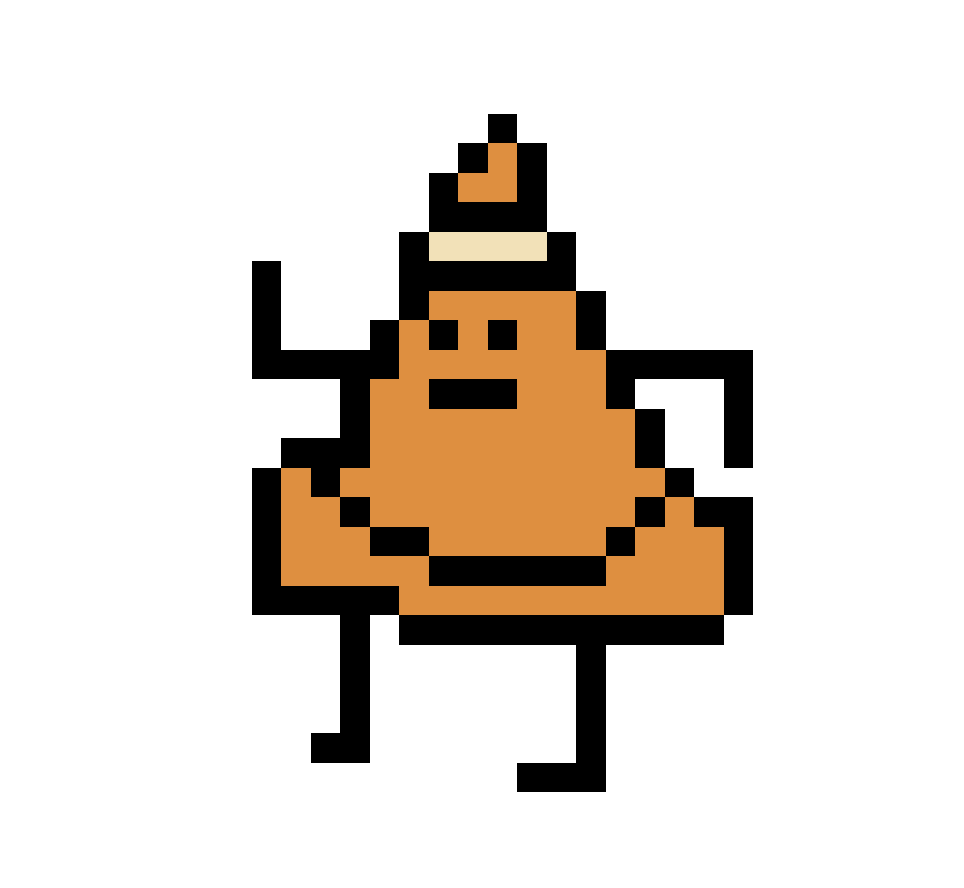
Influence:
It’s good to be inspired by other artists. Be careful to borrow and not steal. Meaning you can see the influence of others but not a direct copying.
It is best to research close to the source material. Do not design something off of someone else’s interpretation but when possible look at the original work first hand. For example, if you wanted to do a caricature of a celebrity, don’t look up that celebrities caricature but instead sneak into their house at night and quietly stare at them from across the room (no just look at live photos of them [not dead ones, that’s also weird]).

Little Blue Coupe by Disney

Cars by Pixar
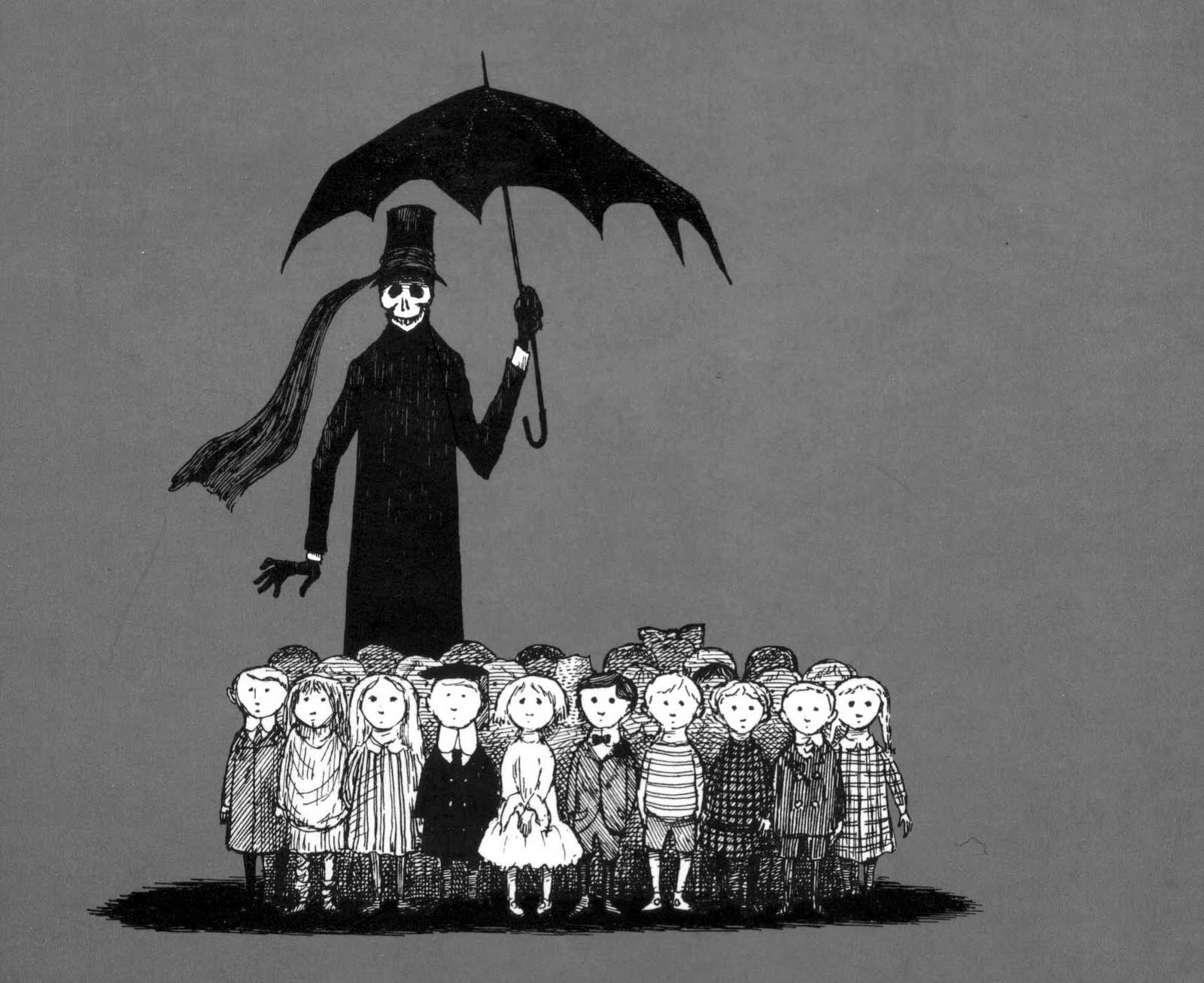
Edward Gorey

Tim Burton
Evolution:
The designs of today are an evolution of the work of our predecessors.

Astro Boy by Osamu Tezuka

Betty Boop designed by Grim Natwick
The Last Airbender by Michael Dante DiMartino and Bryan Konietzko
Your Art:
Your work will evolve over time. You will be able to produce more material in less time at a higher quality as you progress. You will also develop your own style. Don’t force it.
My daughter drew this. Child drawings are very free-form and have a strong style since they have not learned to constrain themselves. She wrote “I can see the kitten, what up kitten.” I enjoyed how she drew the front and back of the cat.
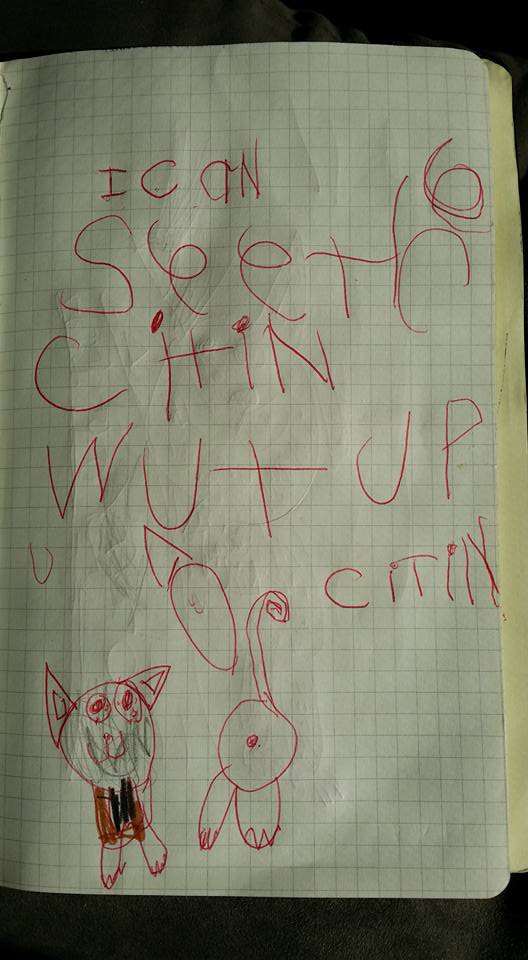
Character Model Sheet
Model Sheets:
Everything we have done so far has been about sparking creativity and improving draftsmanship.These are not finalized design for production. To do that you must tie down your design (decide the final look and polish it) and create a model sheet. The model sheet is the image used by everyone in production as a reference to keep their work “on model”. Every model sheet is different but there are some elements included that are pretty standard.
Model sheets are the final product of all your research and exploration. These will be handed out to the entire artist working on the film. These must be accurate and perfect, especially for something being produced out of house. You want them to be as descriptive and definitive as possible.
The Bugs Bunny model sheet is sort of considered the standard model sheet.
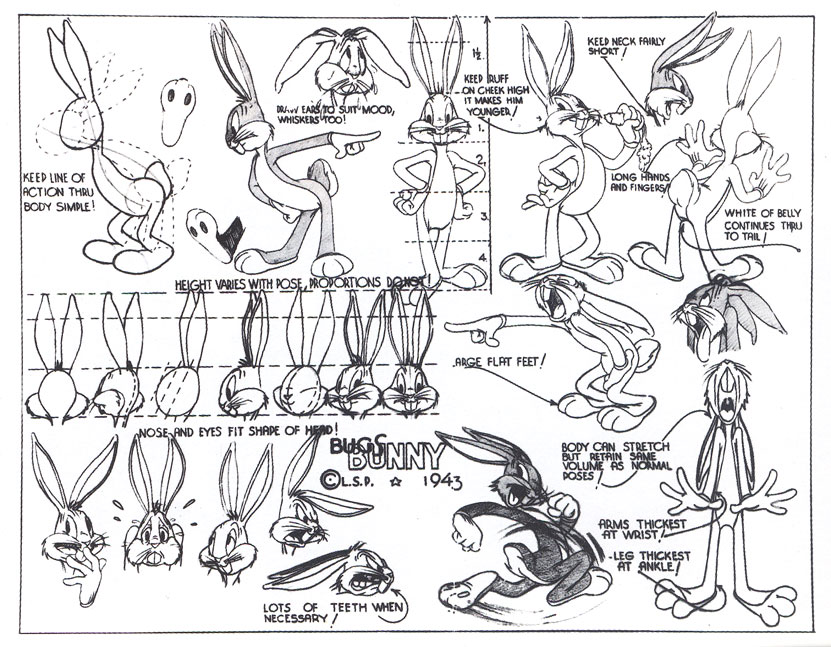
Construction Model:
A construction model of some sort will always be present. Sometimes it is incorporated into a pose or poses and sometimes it is literally drawn out as conceptual shapes. You can see the construction model of Monterey incorporated into a turnaround on the bottom right. You should have some sort of measuring device, usually it is the head but does not necessarily need to be.
Depending on how complicated the design is the construction model may be very well laid out with all sorts of directions. Often separate head construction models are included. This is the best way to let other animators know how you draw the character and how to maintain some sort of consistency.

Turnaround:
Some sort of turnaround sketch will also be included. Usually it is one static pose that is simply rotated on average three times. Some turnarounds will simply be implied by various action poses. It is very important that you maintain proportions and perspective correctly; If you don’t get it right here it will never be done correctly.
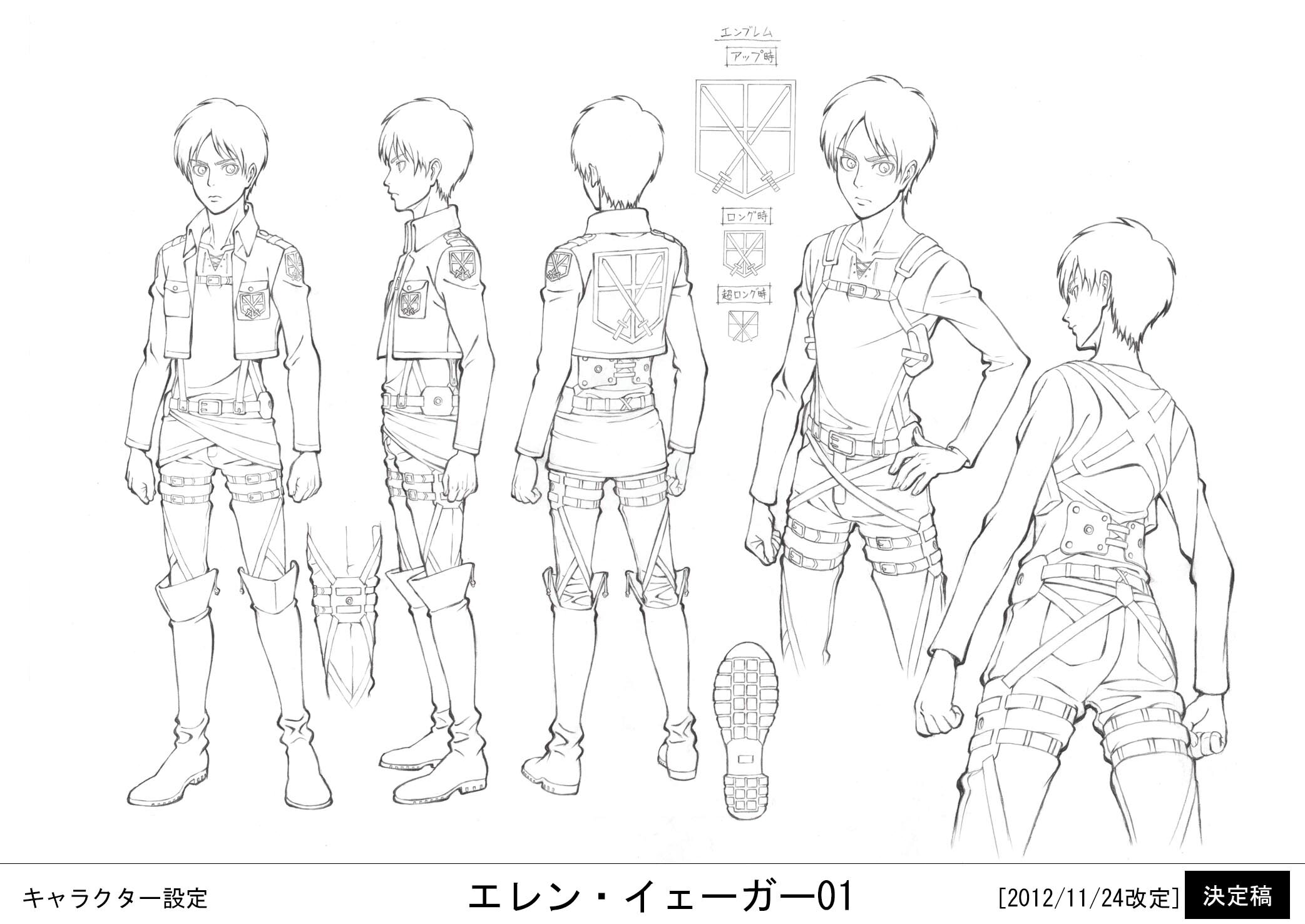
Line Up:
It is important to have some sort of character size comparison chart. Usually these are not included in any particular character’s model sheet but these are often made in a production to keep everything to scale. For example you use a scale cube (size of the protagonist) in a 3D production to model everything in comparison to.
These are not always necessarily utilized. If there are particularly important props a separate sheet might be made (like weapons in video games). Some complicated props may receive their own sheets all to themselves. Sometimes you can just incorporate size comparison into the action sheets.
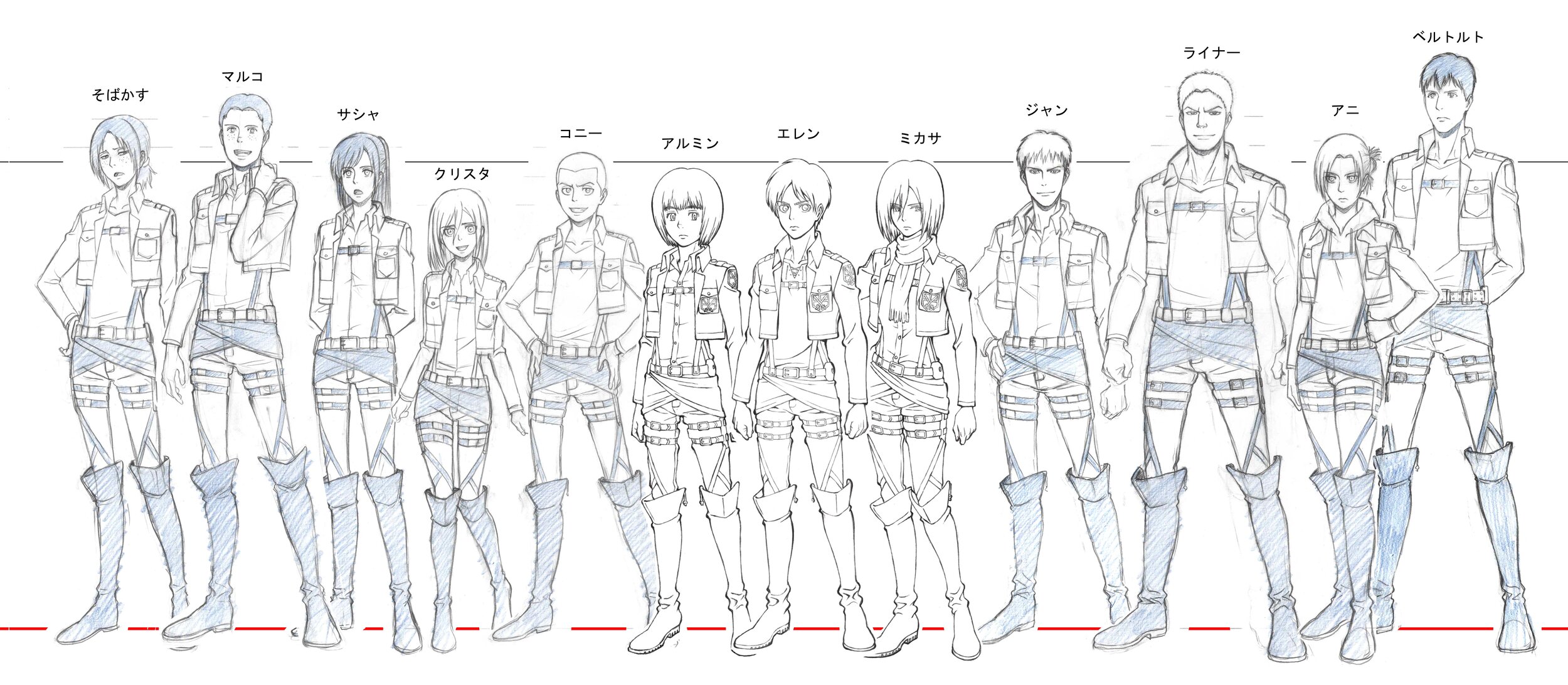
Action Poses:
These are always present in some form. This gives more insight into the character’s personality and how it physically moves (some characters are stretchier than others).
These action poses tell a lot about the character. You want to show the full range of the characters movements, which means making them as dynamic as possible.

Notes:
Often notes are written all over the sheets to bring focus to certain details or explain a drawing. Thing that would be good to note would be; cheating, asymmetrical detail, number of hair strands, how something is animated, etc.

Facial Expressions:
This is often used as simply a way of letting the animator know the personality of the character and how it animates. You can sort of animate a sequence to show acting (this uses the torso as well).
Like the Facial Expression sheet this lets the animator know how to handle the character; just more specifically dialogue. Often specific phonemes (for a series) will be illustrated.

Character Bible:
The character bible is basically all of your model sheets, synopsis, environments, story-boards, and pretty much everything that defines your film or series idea.
This is the thing you pitch to producers. It takes too long and costs too much to show them a finished sequence. You want to describe everything as much as possible with as little text as possible.
Leave nothing to the imagination.

Class 04 Lab
Stylized Character Lab
Very rarely will you ever work in a vacuum. More than likely you will work with a team of artists that have to fit an art director’s vision. In this assignment you will design a character that fits in an already established work such as a book, film, or game. The emphasis should be matching the original work in a way that looks natural.
You will be graded on the following:
- Lab Requirements
-
Techniques and processes covered in the instructional material is followed and implemented.
-
- Creativity & Craftsmanship
-
Excellent design choices, novel & appealing, and solid clean caliber work.
-
Resources:
- Assignment Video Tutorials
- You may watch the tutorial videos below to help you complete your assignment.
Wait! Before you go!
Did you remember to?
- Read through this webpage
- Submit Stylized Character Lab on Canvas

